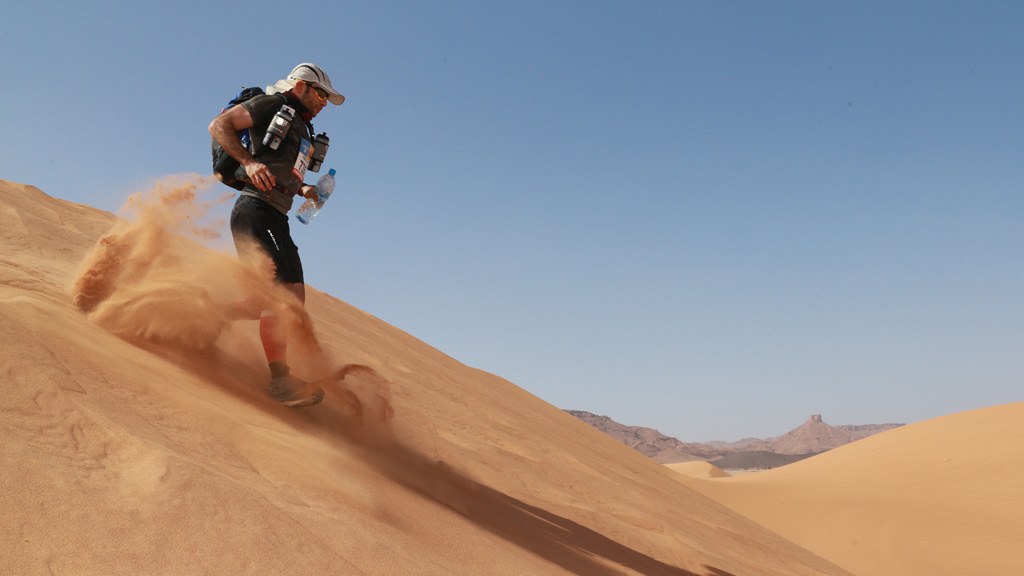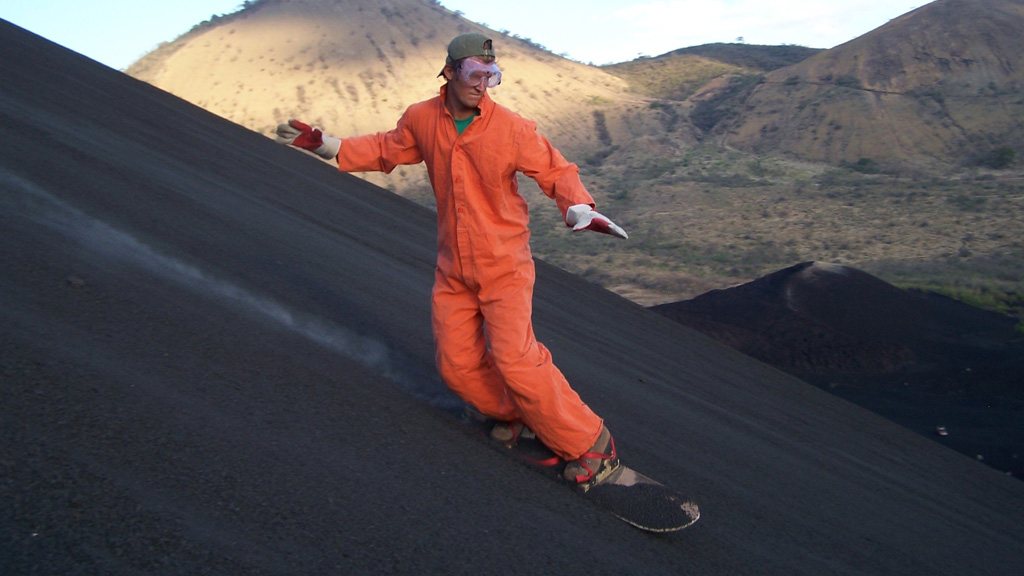Is Qatar too hot for the World Cup?
As FA Chairman Greg Dyke says it is too “dangerous” to hold the World Cup in the Doha heat, Channel 4 News examines if the competition should be moved, and looks at the hottest sports on earth.
In the first occasion in which the English FA has taken an official stance on the controversial decision for Qatar to host the compeitition – in months where temperatures can reach up to 50 degrees celsius – Mr Dyke said the conditions would be dangerous for both fans and players.
“It’s too hot,” he told BBC Radio 5 Live. “Forget about footballers, think about the fans.
“If you get thousands of fans, as you do at world cups, out in that heat I just don’t see how it works.
The only position I’m making is that you can’t hold it in Qatar in the summer. Greg Dyke
“You can have air-conditioned stadiums but you’ve got to get in and out of the stadium, and that can take you an hour. In that sort of heat it’s quite dangerous I think.”
Mr Dyke said the competition should be moved by Fifa, either to a different country or into the winter – and said he thought the latter option the most likely.
Fifa President Sepp Blatter recently expressed a preference for a tournament in a cooler season of the year.
“I think that’s up to Fifa to work that out,” Mr Dyke added. “The only position I’m making is that you can’t hold it in Qatar in the summer.”
‘Wrong’
The potential pitfall of holding the competition in the winter, however, is the disruption it would cause to national football compeititons, such as England’s Premier League.
Last month, Premier League chief executive Richard Scudamore said moving the competition to the winter would be “wrong”.
“We think that the World Cup should have been bid for on the basis that it was going to be where it was going to be, and the great and good of Fifa and the wise people that made those decisions should have made their decisions in the full knowledge of what the consequences were,” he said.
The heat has not been the only controversial sticking point over Qatar’s selection for the 2022 competition – there have been allegations of bribery, and concerns raised over Qatar’s stances on homosexuality and the consumption of alcohol.
History of heat
The World Cup competition, being as it is held in the summer, and across the globe, is no stranger to high temperatures – though Qatar would certainly have a chance of breaking records.
Temperatures in Doha at the moment are breaching the 40 degrees celsius mark, and in the past temperatures have hit as high as 53 degrees celsius.
Professional footballers have had to play in high temperatures before, however. The 1994 World Cup in the US saw temperatures reaching 45 degrees celsius.
In Italy in 1934 the temperature of the World Cup final was over 40 degrees celsius, and both World Cup competitions held in Mexico, in 1970 and 1986, saw temperatures consistently above 30 degrees, with matches also being played at high altitude.
In 2006 the temperature nearly got the better of David Beckham who, suffering from dehydration, was sick twice in the second half of England’s game against Ecuador. Beckham beat the heat, however, by scoring a trade-mark free kick to put England through to the quarter finals.
Saunas and volcanoes
But it is not just footballers that have to endure extreme heats. Indeed, some sporting competitions around the world revolve around high temperatures:
Heatstroke Open
Located in Death Valley, California, where temperatures regularly hit 50 degrees celsius, the Furnace Creek Resort is home to what is possibly the world’s hottest golfing competition – the Heatstroke Open.

Marathon des Sables (pictured, above)
Completing a marathon is tricky for many, and an ultramarathon, the equivalent of six marathons, near impossible. The Marathon des Sables, claimed to be the “world’s toughest footrace”, adds an extra element – temperatures of up to 50 degrees celsius in the Sahara Desert.
World Sauna Championships
Finland may be cool, but the World Sauna Championships, a heat endurance competition, was hot to a deadly extent. In 2010 competitor Vladimir Ladyzhensky died after passing out in the competition, which starts at heats of 43 degrees celsius. The competition was cancelled after the accident.

Volcano surfing (pictured, above)
There is no official competition for volcano surfers, who speed down the sides of active volcanoes at speeds of up to 50 miles per hour. The meccah for boarders, however, is the Cerro Negro volcano in Nicaragua.
Australian Open
Soaring temperatures in Melbourne saw tennis pros, including Wimbledon winner Andy Murray, battling in temperatures of higher than 40 degrees celsius – also prompting controversy over which players got to take to the courts in the considerably cooler night games.